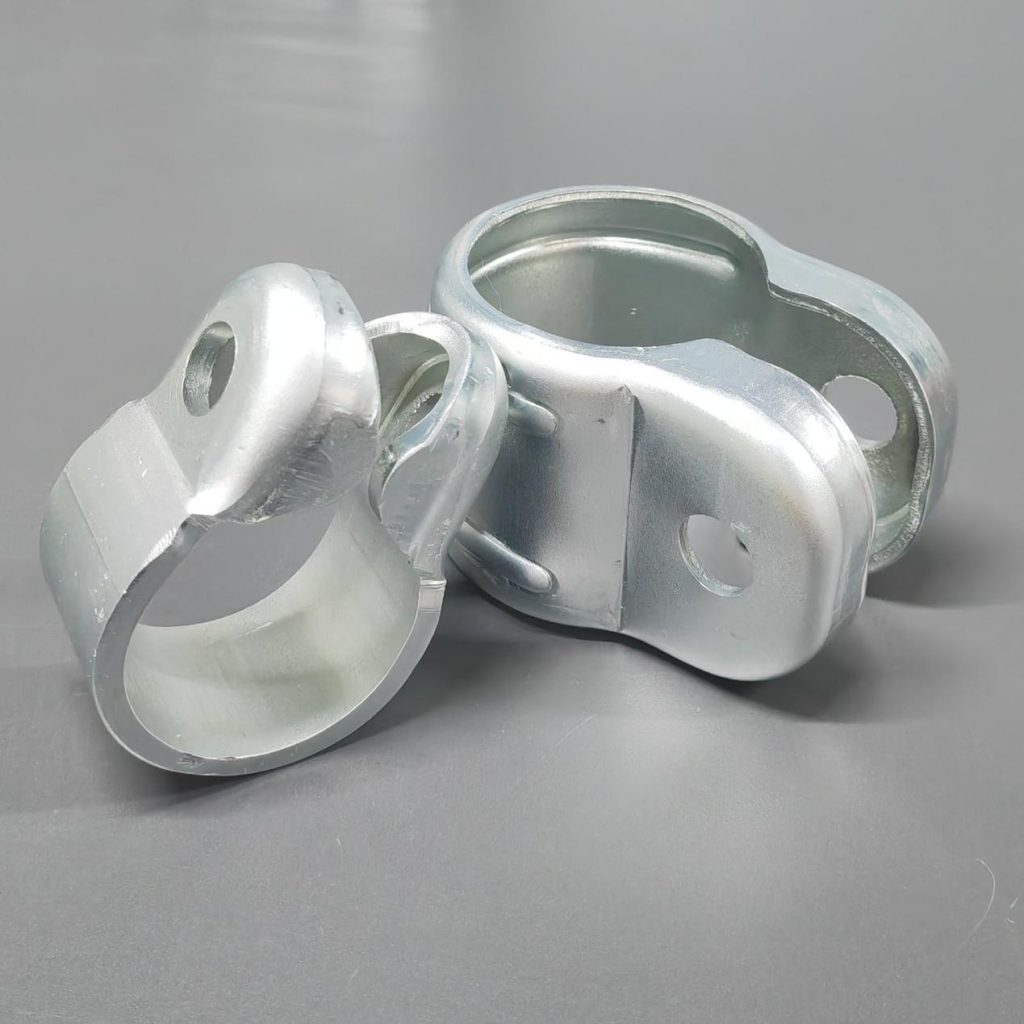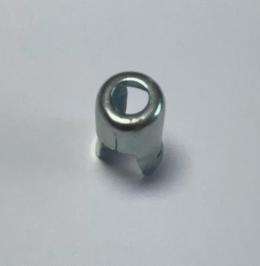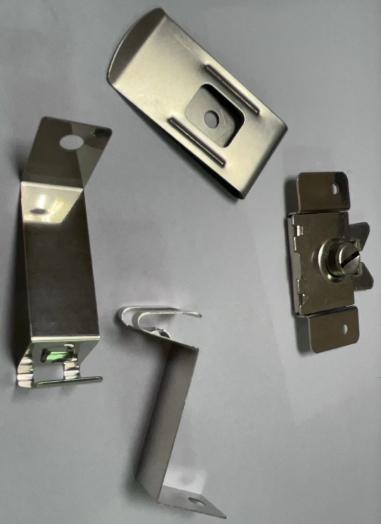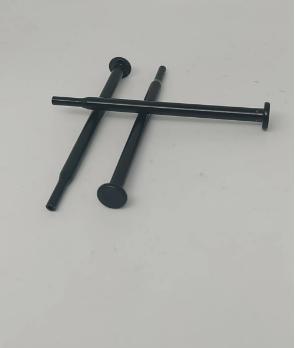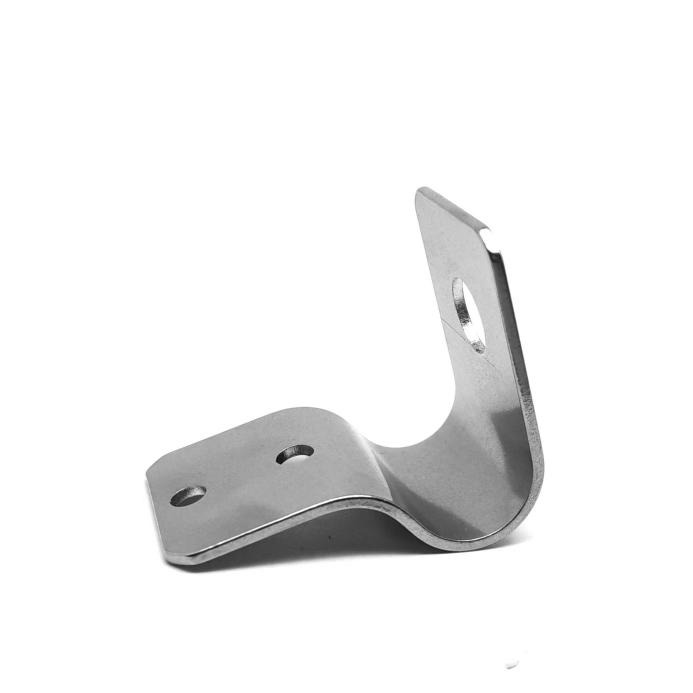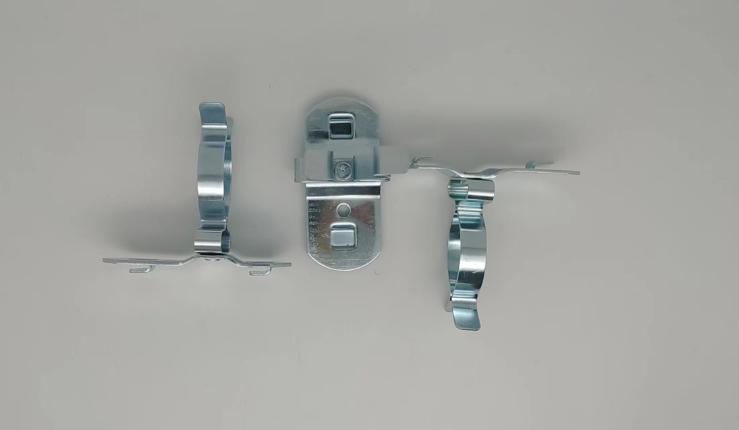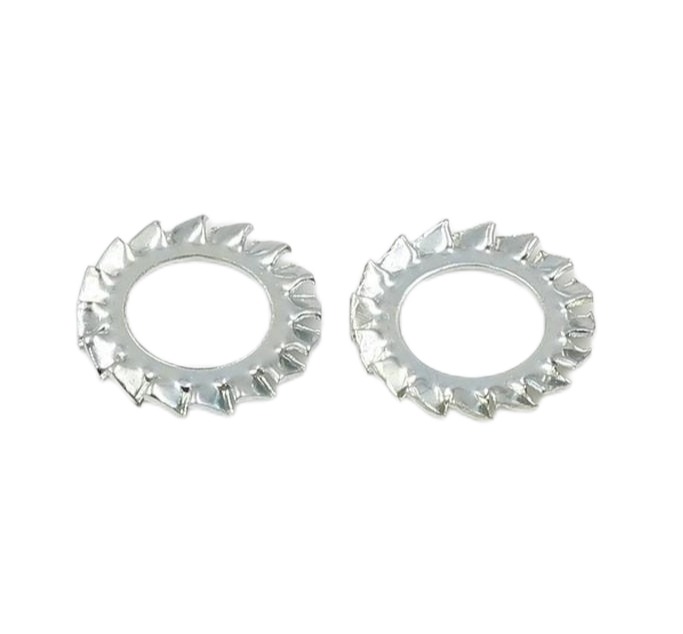The Significant Role of Metal Stamping in the Manufacturing of Components for Electric Vehicles
The fabrication of components for electric vehicles necessitates cutting-edge manufacturing methods, and metal stamping is one such process that plays a critical role. Metal stamping is the process of shaping, cutting, and forming metal sheets into precise components, which contributes considerably to the efficiency and performance of electric vehicles.
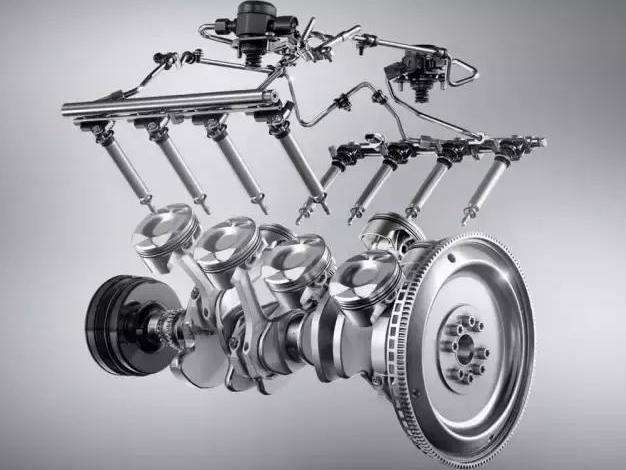
What is Metal Stamping?
Metal stamping is a manufacturing technique that involves the use of specialized machines and tools to cut, bend, and shape flat metal sheets into complicated components. This procedure is well-known for its ability to consistently produce high-precision parts, making it a vital technique in a variety of industries, including automotive manufacturing.
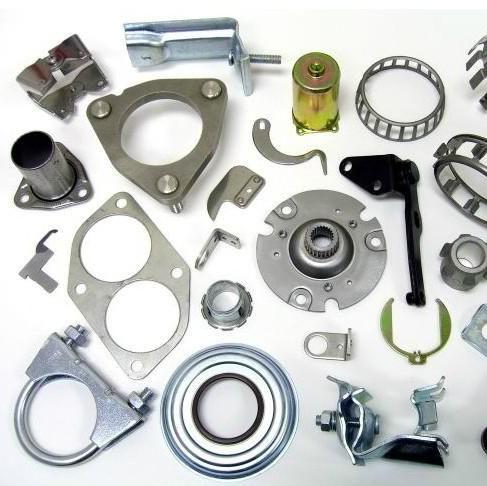
How Metal Stamping is Contributing to the Efficient Production of Components for Electric Vehicles?
Precision and Consistency
Metal stamping is well-known for producing components with great precision and uniformity. Precision is critical in the context of electric vehicles, where every component must fulfill high quality standards to ensure safety and efficiency. The utilization of high-strength materials, such as sophisticated alloys and lightweight metals, enables manufacturers to develop delicate and complex parts required for electric vehicle operation.
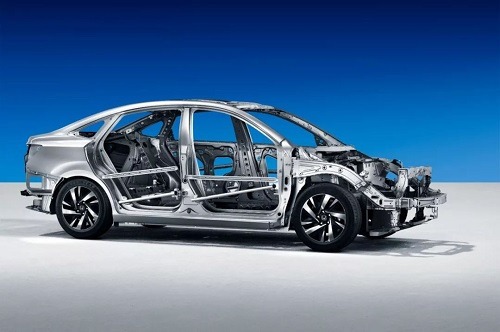
Battery Components
One of the most important applications of metal stamping in electric vehicle manufacturing is the production of battery components. Any electric vehicle’s battery pack is a key component, and its efficiency is dependent on the precision of individual components. Metal stamping allows manufacturers to produce intricate parts like battery cell casings, connectors, and cooling system components with high accuracy. The process ensures that each part fits seamlessly into the assembly, contributing to the overall reliability and safety of the vehicle.

Structural Components
Metal stamping is also widely used to create structural components for electric vehicles. Metal stamping allows the production of lightweight yet strong components ranging from body panels to chassis sections. Electric vehicles frequently target weight reduction to improve energy efficiency and range. Manufacturers can strike this delicate balance by using metal stamping to create components that are both lightweight and structurally sound.
Charging System Components
The charging system is another critical aspect of electric vehicles, and metal stamping is integral in the production of components such as charging ports, connectors, and housing. These components must be durable, heat-resistant, and electrically efficient to ensure safe and reliable charging. Metal stamping processes can meet these requirements, producing components that withstand the rigors of frequent use and provide a consistent and efficient charging experience for electric vehicle owners.
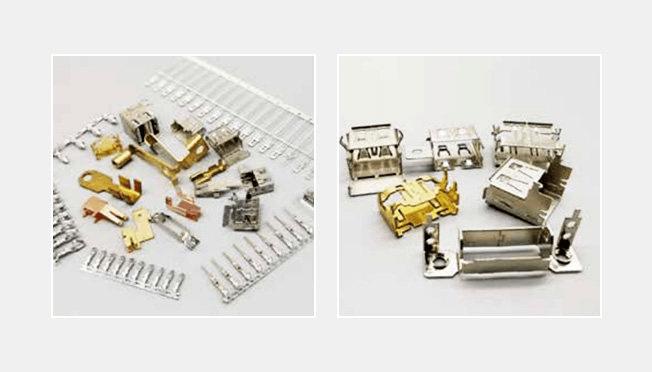
Cost Efficiency and Scalability
Metal stamping provides cost-effective mass production options, making it a preferred method for the automobile sector, particularly electric vehicles. Metal stamping is an economically viable option for electric vehicle producers due to its ability to produce large quantities of components with low material waste and great precision. As the demand for electric vehicles grows, the scalability of metal stamping techniques becomes increasingly important for fulfilling production targets while keeping costs under control.
Conclusion
In the evolving landscape of the automotive industry, the production of components for electric vehicles demands cutting-edge manufacturing techniques, and metal stamping is a prominent participant in this sector. Metal stamping’s precision, consistency, and cost efficiency contribute considerably to the success and broad adoption of electric vehicles, from battery components to structural elements and charging system parts. Metal stamping techniques are anticipated to improve as technology advances, boosting their role in creating the future of electric mobility.

